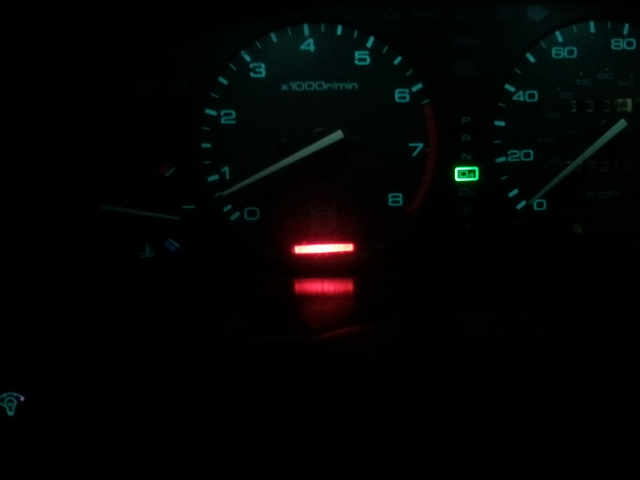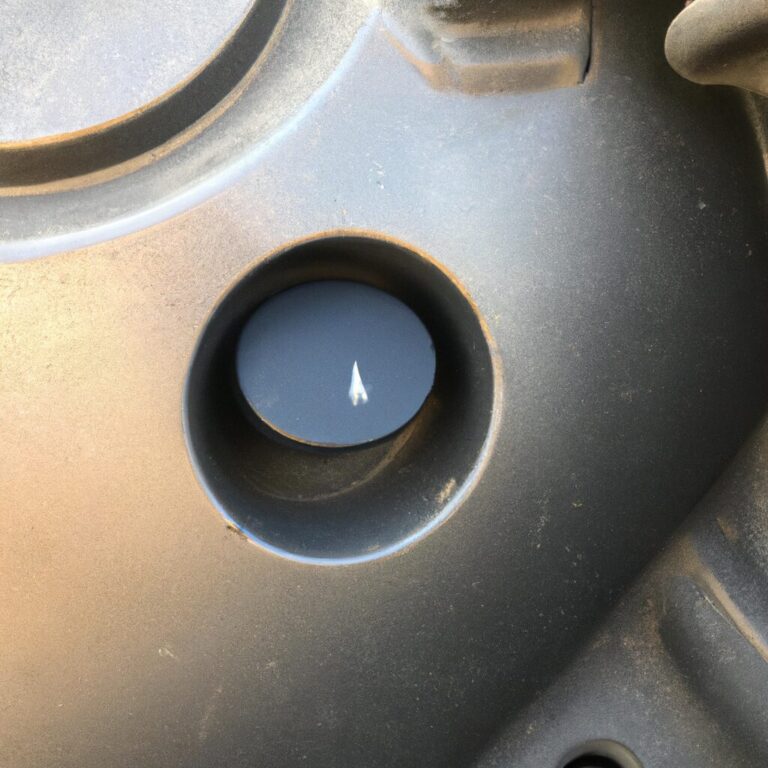What Does Brake Lamp Light Mean
The brake lamp light indicates an issue with the braking system of a vehicle. It warns of potential safety hazards.
Driving a vehicle comes with the responsibility of ensuring its safety and proper functioning. One crucial aspect to monitor is the brake system, signaled by the brake lamp light on the dashboard. Understanding the significance of this warning light can help you address any underlying issues promptly, ensuring your safety and that of others on the road.
We will delve deeper into what the brake lamp light means, the potential causes behind it, and actions you can take to resolve the issue effectively. Let’s explore the importance of responding to this warning promptly to maintain optimal vehicle performance and safety while driving.
Credit: www.cb7tuner.com
Understanding Brake Lamp Light
What Is The Brake Lamp Light?
The brake lamp light, also known as the brake light indicator, is a warning light on the dashboard of a vehicle that alerts the driver to potential issues with the brake system. When this light illuminates, it indicates a problem with the brake lights or the braking system, and it requires immediate attention.
Significance Of The Brake Lamp Light
The brake lamp light serves as a crucial safety feature, as it warns the driver and other road users of potential problems with the vehicle’s braking system. Ignoring this warning light can lead to dangerous driving conditions, as faulty brake lights or brake system malfunctions can increase the risk of accidents.
Credit: www.quora.com
Common Causes Of The Brake Lamp Light
The brake lamp light is typically a warning sign of a malfunction in the braking system, which could be caused by issues like low brake fluid, worn brake pads, or a faulty brake light switch. It is important to address the problem promptly to ensure safe driving conditions.
Faulty Brake Light Bulbs
Your brake lamp light may indicate faulty brake light bulbs, impacting visibility to other drivers.
Brake Fluid Issues
Low brake fluid levels can trigger the brake lamp light, affecting braking performance.
Brake System Malfunction
A malfunction in the brake system, such as worn-out brake pads, can trigger the brake lamp light.
Troubleshooting Brake Lamp Light
Brake lamp light indicates potential issues with the vehicle’s brake system. Troubleshooting is necessary to identify and fix the problem promptly for optimal safety on the road.
Check The Brake Light Bulbs
Inspect the brake light bulbs for any signs of damage or burned-out filaments. Replace any faulty bulbs promptly to ensure optimal brake light functionality.
Inspect The Brake Fluid Level
Check the brake fluid level in the reservoir and ensure it is within the recommended range. Low brake fluid can trigger the brake lamp light and may indicate a leak in the brake system.
Examine The Brake System
Carefully examine the brake system, including the brake pads, rotors, and calipers. Any worn-out components should be replaced to prevent potential brake issues.
Preventive Measures For Brake Lamp Light
Regular Brake Light Bulb Maintenance
Inspect and replace brake light bulbs regularly to ensure they are in proper working condition. Checking the bulbs for any signs of damage, such as fading or cracks, and replacing them immediately can prevent sudden brake light failures.
Brake Fluid Checks And Replacements
Regularly check the brake fluid levels in your vehicle. Low brake fluid can cause the brake light to illuminate, indicating a potential issue with the braking system. Scheduled brake fluid replacements as recommended by the manufacturer can help maintain the effectiveness of the braking system and prevent the brake light from turning on.
Brake System Inspections
Periodically inspect the brake system to ensure all components are functioning properly. This includes checking the brake pads, rotors, and calipers for any signs of wear or damage. By conducting regular inspections, you can identify and address any potential issues before they trigger the brake lamp light.

Credit: honda-tech.com
Frequently Asked Questions On What Does Brake Lamp Light Mean
Can You Drive With Brake Lamp Light On?
Yes, you can drive with the brake lamp light on, but it’s not recommended. It indicates a problem with the braking system that needs immediate attention. Driving with the light on may increase the risk of accidents. Get the issue fixed as soon as possible for safety.
Why Is My Brake Lamp Light On?
Your brake lamp light is on due to issues with the brake system, such as low brake fluid or worn brake pads.
What Is A Brake Lamp On A Car?
A brake lamp on a car is a red light that illuminates when the brakes are applied. It signals to other drivers that the vehicle is slowing down or stopping.
What Does The Brake Lamp Light Mean On A Honda Pilot?
The brake lamp light on a Honda Pilot indicates a problem with the vehicle’s brake system. It could be an issue with the brake fluid level or a malfunction in the braking system. It’s important to have it checked by a professional to ensure safe driving.
What Does It Mean When The Brake Lamp Light Is On?
The brake lamp light indicates a problem with your vehicle’s braking system. It could be due to various issues, such as low brake fluid or a malfunctioning brake light switch.
Why Is My Brake Lamp Light On After Replacing The Bulb?
If the brake lamp light is still on after replacing the bulb, it could be a sign of a different issue, such as a faulty wiring connection or a problem with the brake light circuit.
How Do I Know If My Brake Lamps Are Not Working?
To check if your brake lamps are working, have someone press the brake pedal while you observe the lights. If they don’t light up, it could be due to a blown fuse, faulty wiring, or a malfunctioning brake light switch.
Conclusion
To sum up, understanding the significance of a brake lamp light is crucial for vehicle safety. It serves as a warning sign for potential issues that need immediate attention. Addressing such concerns promptly can prevent accidents and ensure the proper functioning of your vehicle.
Stay informed and proactive in maintaining your car’s safety systems.

